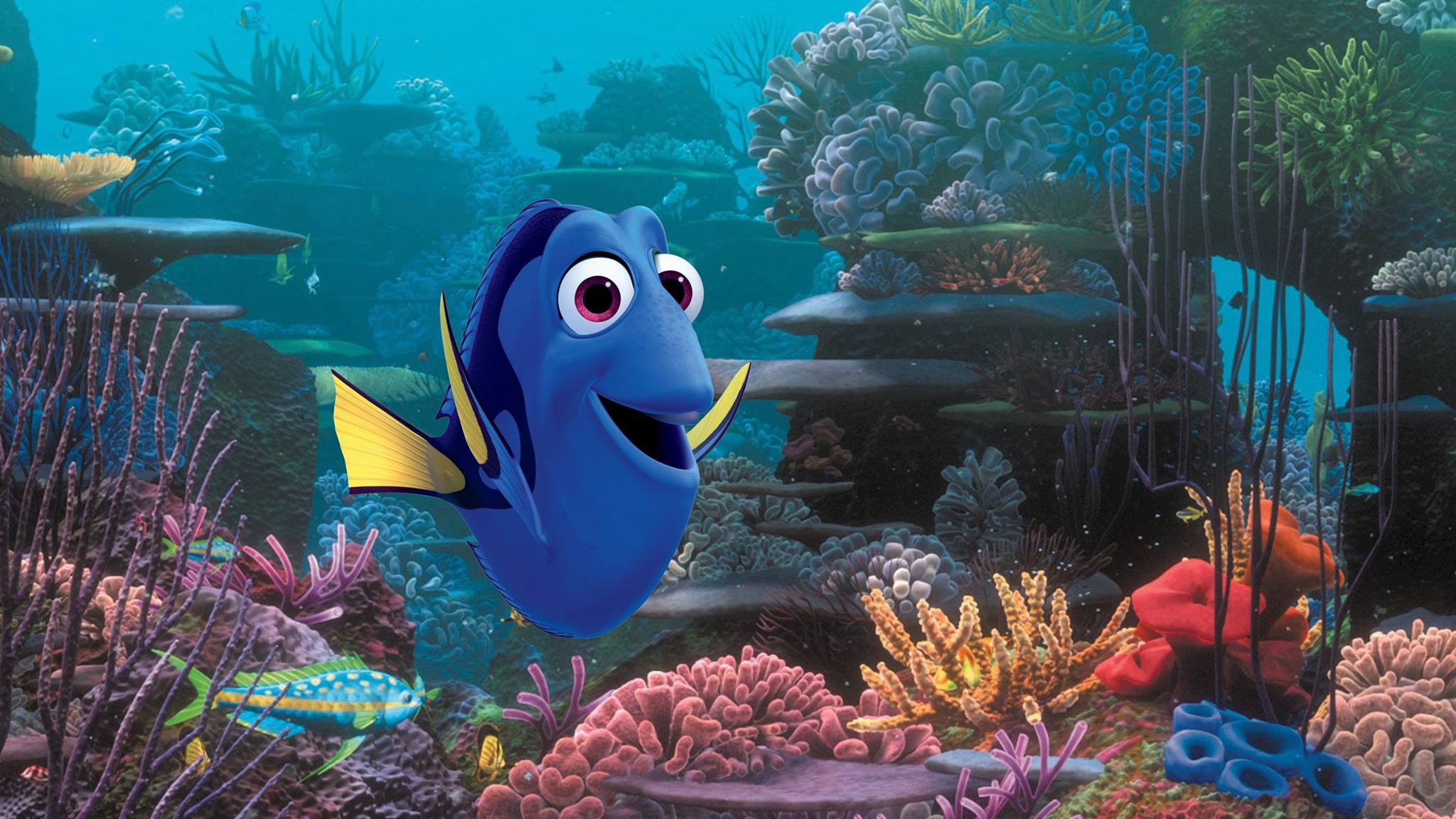Pixar is hoping the kids who cried like babies watching Finding Nemo will do so 13 years later with Finding Dory. Like all their previous films, Pixar does a great job digging deep and finding the thing we will connect with the most with Dory, our favorite forgetful fish. However, to do so, we have to leave the sea, one of the big reasons Finding Nemo was so captivating.
After an intro to young Dory (Sloane Murray) and her parents Jenny (Diane Keaton) and Charlie (Eugene Levy), we are back on the anemone with present day Dory (Ellen Degeneres), Marlin (Albert Brooks), and Nemo (Hayden Rolence). Dory’s long term memories kick in, and she realizes she left her family behind. With her clownfish friends on board, Dory conducts her family search, and runs across a beluga whale (Ty Burrell), a whale shark (Kaitlin Olson), and a shifty “octopus” (Ed O’Neill).
If you know of someone with disabilities, particularly a child, Finding Dory will hit VERY close to home. Almost every new character in Finding Dory defines themselves by their deficiencies. This movie is very perceptive on day-to-day living of such a person, and the people who care about them. I know I took for granted how self-aware someone with disabilities is. It must be twice as frustrating for these challenged people to fail repeatedly, especially around the people they care about. Dory tries to put herself in places where she can be comfortable and secure; however, she also keenly understands her shortcomings. Watching her struggle alone results in Finding Dory’s most powerful moments. The loved ones also get a shout out in the movie. People close to disabled loved ones have their patience, resolve, and love tested minute by minute, and to watch them struggle as try as best they can is really admirable. You ache with them when they lash out at the disabled person in a moment of weakness, and the many hours they have to spend reforming the bond they once had. Finding Dory is a little low on laughs, but makes up for it with emotional payoffs of an audience that often gets overlooked by society.
To drive these points home, Finding Dory’s plot takes uses the themes of confinement via aquariums and pipes and water tanks. As thus, the movie spends a majority of its time outside of the ocean, hopping through an amusement park. While that choice is thematically relevant, Finding Dory lacks its predecessor’s world fascination as a result. Many colors are desaturated, with lots of dark passages and enclosed greenish gray spaces. And other than the aquarium, the movie lacks a vivid inner world of creatures that make the searches for the main characters more fascinating. When we met new characters in Finding Nemo, the various ecosystems Marlin encountered popped visually. The only nice addition is the shapeshifting Hank the octopus, who finds clever ways to blend into his surroundings.
Compared to Pixar’s other sequels, Finding Dory is in the middle of the pack, probably closest to Monsters University. While the movie retains some of the magic of the first film, the lack of originality and story built around a lesser idea drag the movie down a peg from Pixar’s intimidating heights. I’ll give Pixar credit though for finding a very clever way to make Ed O’Neill a curmudgeonly character. I’m sure the real Ed would be more happy as a chameleonic mollusk that spits ink.

